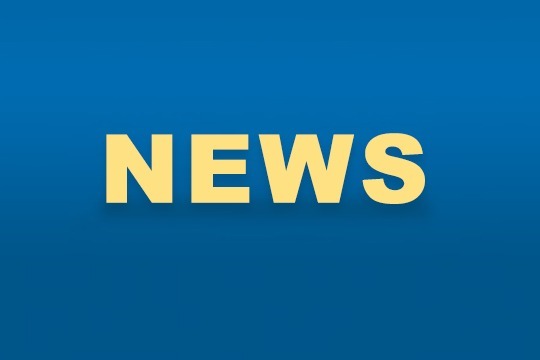Consumption of low-alcohol drinks on rise


Sales of low-alcohol drinks are on the rise in China, fueled by increasing demand from young women and some foreigners. The sector also has gained the favor of investors.
In December, Interbrew China Holding Ltd became a new shareholder in the Chinese low-alcohol brand Miss Berry, holding a 10 percent share of Miss Berry's parent company. Belgium-based AB InBev, the world's biggest brewer by production volume, has a controlling share in Interbrew.
Miss Berry, which was founded in 2019 in Shanghai and mainly produces sparkling fruit wines, sees young women as their main market. Aside from selling wines at restaurants and bars, it also sells its products through retail outlets such as large supermarkets, convenience stores and Freshippo, the grocery chain of Alibaba Group Holding Ltd.
The company has launched various products such as fruit wine, chocolate wine and coffee wine, targeting women who prefer wine at social gatherings and other occasions, it said.
In October, Interbrew became the largest investor in Boat Wine, a Chinese brand of fruit liqueur founded in 2020 in Hangzhou, Zhejiang province. Interbrew holds 20 percent of Boat Wine shares.
Boat Wine has been focusing on expanding sales nationwide, shipping its products to more than 10,000 restaurants, according to the company.
Annual sales of China's low-alcohol drinks stand at about 15 billion yuan ($2.36 billion) to 20 billion yuan. Unlike the beer sector, with sales of 600 billion yuan annually, the scale of the low-alcohol drinks market is still quite small, accounting for only about 3 percent of the market size of beer. The proportion is 30 percent in Japan, according to Miss Berry.
By 2035, sales of low-alcohol drinks in China are forecast to exceed 250 billion yuan, with an annual compound growth rate predicted to be around 35 percent by then, according to a Nomura Securities forecast.
In January, the Ministry of Industry and Information Technology began seeking public input about its guide to accelerate the development of modern low-alcohol products in China. The guide said China should develop more diversified and fashionable low-alcohol drinks, particularly those targeting young consumers and foreign consumers living in China.
"Given an increasing demographic dividend of younger-generation consumers, their demand has become a main target for many enterprises. Their purchasing trends have brought a moment of change for China's alcohol sector. The release of the guide also is proof of the phenomenon," said Zhu Danpeng, a food and beverage analyst.
"China's alcohol distillers have made some changes in marketing and packaging, and have developed more low-alcohol drinks to cater to demands of young people and to grab potential growth opportunities," he said.
Since 2020, a number of funds have invested in low-alcohol drinks, including Sequoia China, ZhenFund and China Renaissance. One factor is that post-1990 and post-1995 consumers are the only groups whose proportion of consumption of alcoholic drinks has increased, according to Shanghai-based research consultancy CBNData.
Miss Berry said more than 80 percent of its consumers are young women between 22 and 30 years of age. By promoting its products on social media platforms such as Douyin and Little Red Book, the company has also attracted a large number of people who live in smaller cities.
"Domestic brands are going to dominate the low-alcohol drinks market in China. Fueled by an increasing number of young female consumers and people who live alone, low-alcohol drinks have room for further growth," said Tang Huimin, founder of Miss Berry.
In the first quarter of 2021,2,449 alcohol brands saw their sales growth exceed 100 percent year-on-year, and 58 percent of the total were brands of low alcohol, according to Tmall and Taobao, both e-commerce sites of Alibaba Group.



































